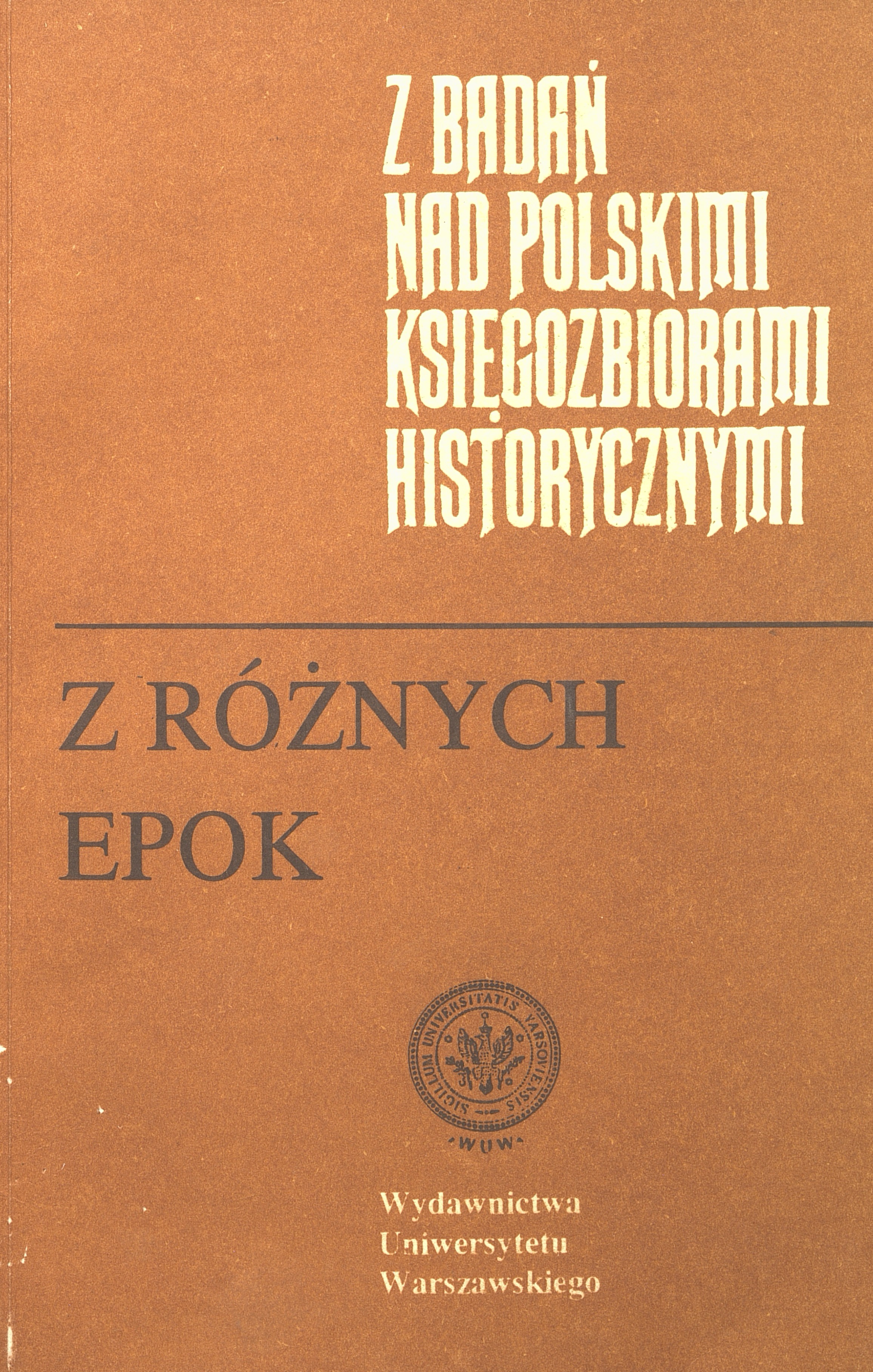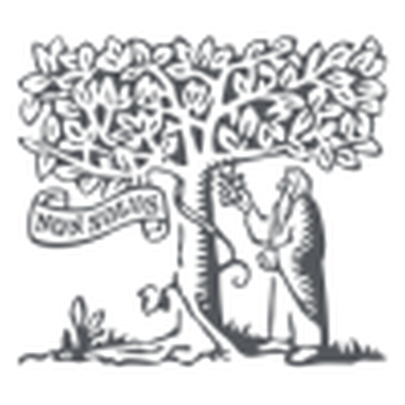The book collection of the Piarist and post-Piarist school in Radom in the University of Warsaw Libra
DOI:
https://doi.org/10.33077/uw.25448730.zbkh.1992.424Keywords:
the Piarists, the Order of Poor Clerics Regular of the Mother of God of the Pious Schools, libraries of religious schools, the book culture in the Piarists Order, dispersed monastic libraries, the University of Warsaw Library book collections of dissoluted orders, provenance studies.Abstract
The history of the Radom library, which was most probably founded soon after the foundation of the Piarist boarding school in 1684 by Marcin Wąsowicz of Smogorzewo, Master of the Sochaczew Pantry, was closely connected with the history of the school Constitutions of the Paulite Congregation of Poor Friars of God's Mother of Pious Schools always contained a mention about the library as one of the more important institutions in every boarding school. The structure of the library was devised by special regulations, which were at first drawn up in congregations, and then by lay school authorities. From the time of introduction of Stanisław Konarski's educational reforms and the foundation of the Commission of National Education, the school library was increasing in a more conscious and systematic way. In the Warsaw Duchy and the Polish Kingdom all purchases had to be approved by central educational authorities. Beginning with the 3rd decade of the 19th century the collection systematically grew, which was stopped for a time being by the defeat of the November Uprising. The students' collection was systematically completed with new textbooks, while the pedagogical collection was completed with new European publications coming both from purchases and from gifts. The cassation of the Piarist convent after the uprising in 1864 changed the character of the school and the library. The most part of the collection was given to the Seminary Library in Sandomierz. Already in 1839 first Russian books could be found in the collection. Their number increased when in 1868 lectures in the Russian language were introduced. The narrowing of education in the school only to the classical profile resulted in that books on nature were no longer purchased. In the years 1883-1900 the library collection systematically grew reaching the highest number in its history in 1901. The revolution of 1905 blocked the development of the library because part of it was taken out by students. The evacuation of the school in 1915 resulted in further dispersion of books: part of them was taken over by Polish intitutions in Radom, another part did not come back from the Soviet Union. In the collections of the Warsaw University Library 498 items coming from the post Piarist library have been found up to now. In part they were a gift of Jan Kochanowski's Secondary School in Radom. Out of them 6 come from the 17th century, 96 from the 18th, and 374 from the 19th. Also 22 periodicals come from the 19th century. All this make 5% of the Radom collection of 1901. Most of them are Polish and French works. Also quite a number of German books have been preserved, and only some of them are in Latin or in some other languages. None are in Russian. Probably after the cassation of the Piarite convent Latin printings went to the Seminary Library in Sandomierz, and Russian works in 1915 were carried away to Russia or were dispersed. The books came from all Europe, particularly, however, from France and Poland. Most of them deal with mathematical-physical subjects or with arts. The smaller part is made by religious or morali books or belles-lettres. Still less deal with natural of geographical topics or appled sciences. The least number of books concern social scíences or literature for children. The origin of 413 works was investigated - 85 works could not be found either in the central magaziner or in the magazine of duplicates. Perhaps, as so-called dispensable items, they were exchanged for other books with other libraries. Most of the books from this collection have covers made of thick grey linen strongly sewn together with the book, which is typical for voivodeship libraries. No superexlibris or exlibris of the Radom library could be found. The most frequent of origin-testifying inscriptions is "Library of XX Voivodship Piarist School in Radom", which can be found on 100 books. On 107 other works 20 similar inscriptions can be found. Most often (11 times) the following seal in the Russian language occurs: "Biblioteka Radomskago Russkogo Obszczestwiennago Sobranija NO ... cena ... r ...k". The analysis of origin allowed for the identification of sevaral benefactors of the Radom Library, beginning with the Master of Łomża Pantry Ludwik Wąsowicz, which made it possible to follow the "line of life” of many books. First of all it was documented that part of the books of the Radom library found their way to the Warsaw University Libtary after the cassation of the Piarist convent and at least 6 of them in the inter-war period.







